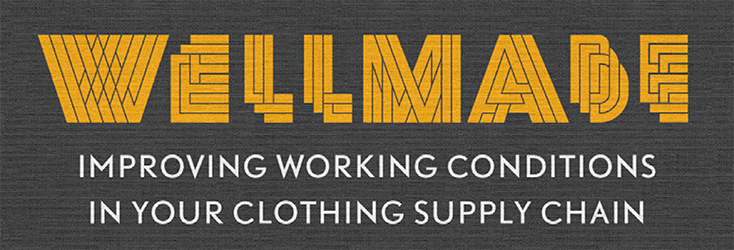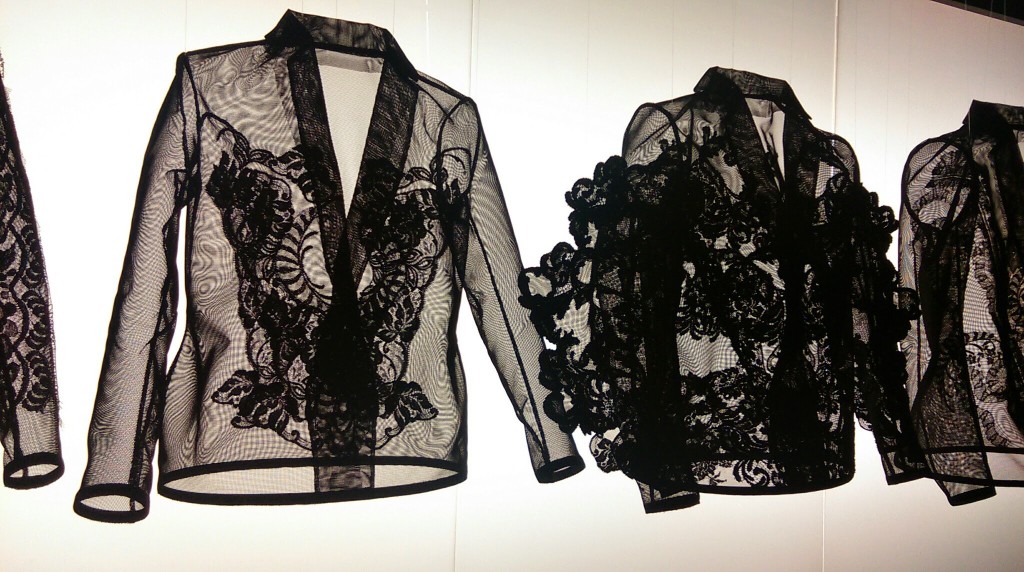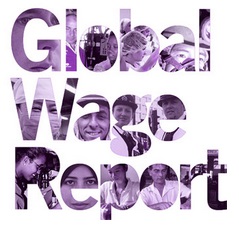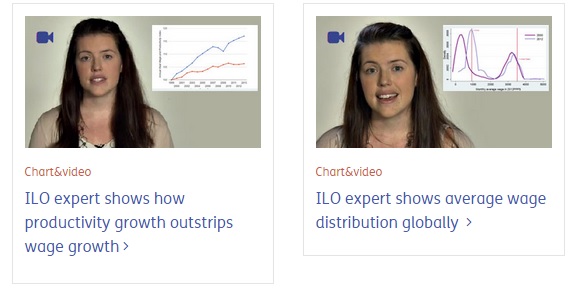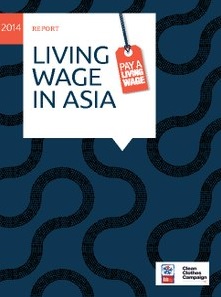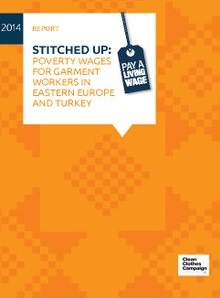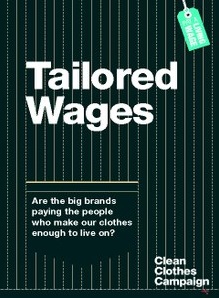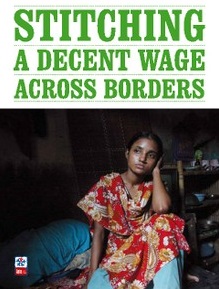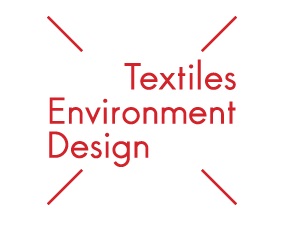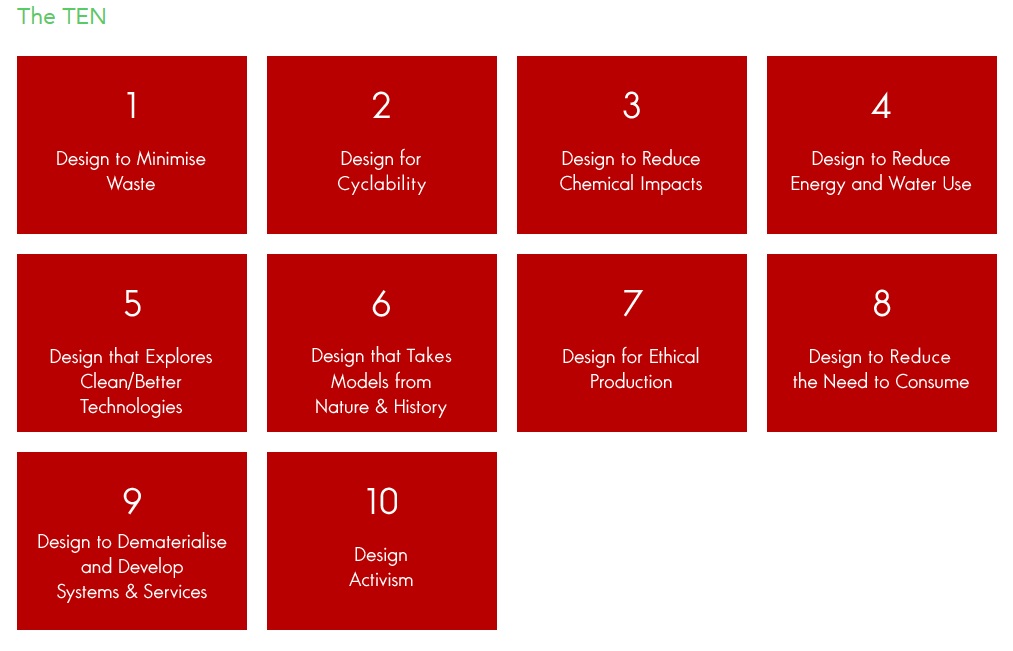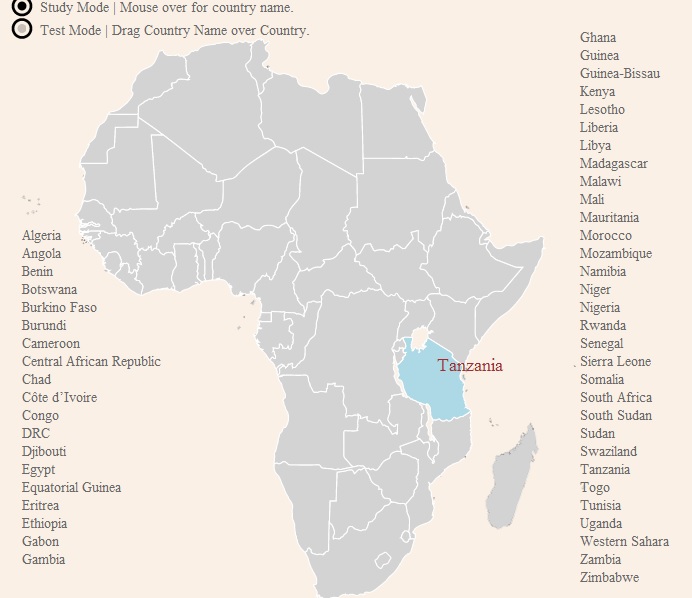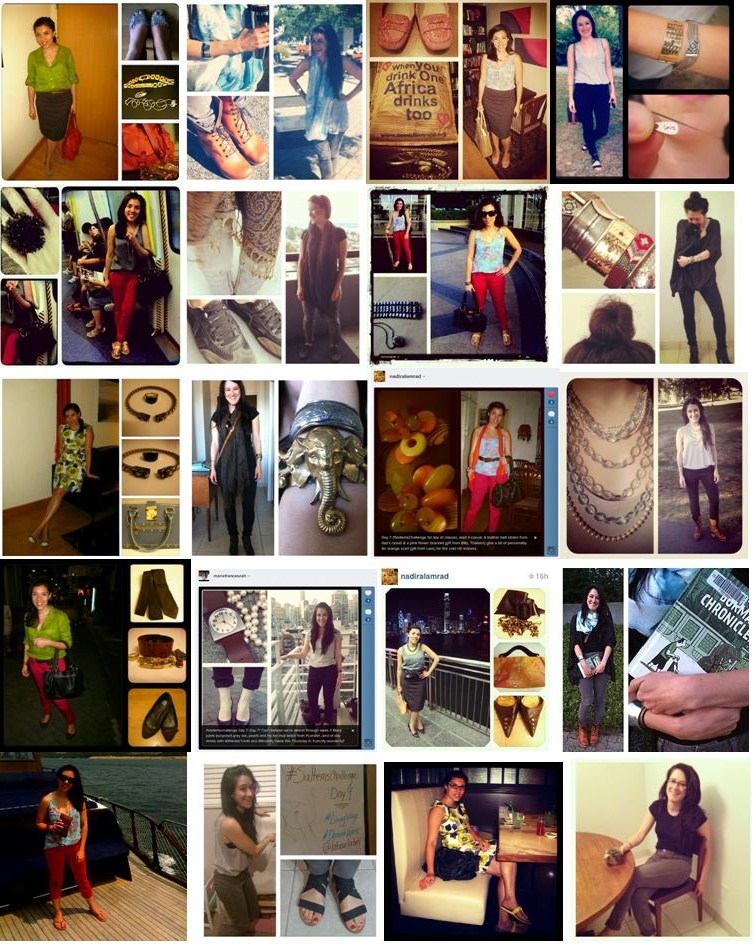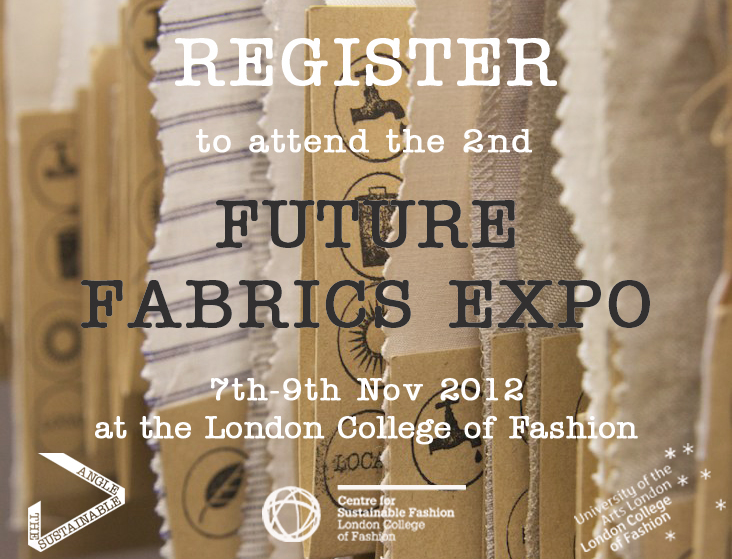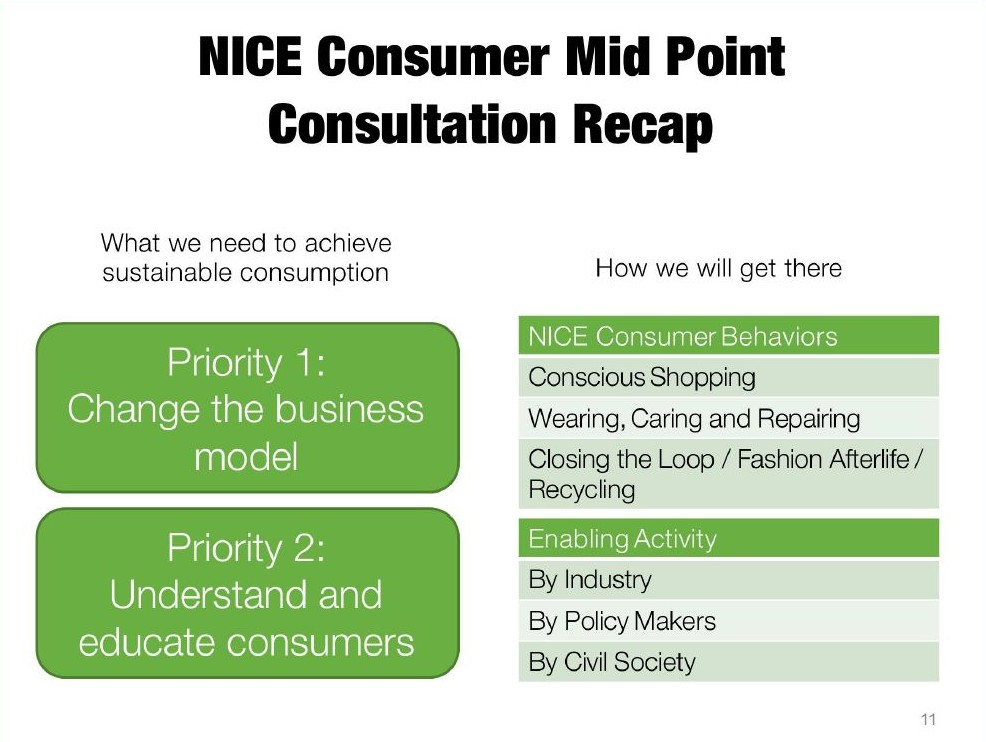Earlier this month I was invited to participate in a panel on modern slavery at the University of Edinburgh, organised by the Department for Social Responsibility and Sustainability.
The panel addressed a lot of issues, including the (potential) impact of consumer boycotts and buycotts. I called on consumers to remember they are more than consumers, and to also consider/imagine alternative ways to support workers.
The event was recorded, and I’ve embedded it below for you to check out.
During the discussion, I mentioned a website I had used to calculate ‘how many slaves’ work for me. I mentioned this was an interesting tool to help consumers think through linkages, but also voiced concern that context was lacking. I realise that I never mentioned the actual name of the site, so in case you’re interested and not already familiar, here it is. Bangladeshi labour rights activist Kalpona Akter shared some thoughts on this tool with Design and Violence last year, here.
On the panel with me was Kathy Galloway, Head of Christian Aid Scotland, Karen Bowman, Director of Procurement at University of Edinburgh and Mei-Ling McNamara, a PhD Student in School of Literatures, Languages and Cultures at University of Edinburgh. Chairing was Michelle Brown from the Department for Social Responsibility and Sustainability.
We would love to hear your thoughts on modern slavery in general, but also in the unique context of the global fashion and apparel industry. Please share in the comments, or with us on Facebook or Twitter.

